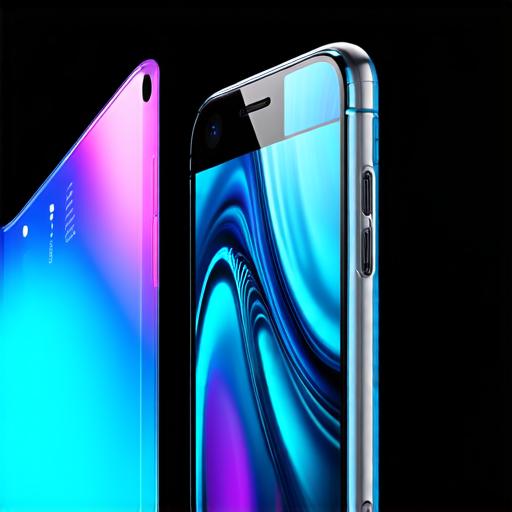Introduction
Augmented reality (AR) is a technology that overlays digital information onto the real world. With the rise of smartphones, AR has become increasingly popular and accessible, with many devices now featuring built-in AR capabilities. In this article, we will explore the augmented reality feature on an iPhone and its potential applications for AR developers.
What is Augmented Reality on an iPhone?
The augmented reality feature on an iPhone allows users to view digital content in the real world. This can include anything from simple animations to complex 3D models, which are displayed on top of the user’s real-world surroundings. The AR feature on an iPhone is powered by Apple’s A13 Bionic chip and uses advanced computer vision algorithms to track the user’s environment and place digital content in the correct position.
AR Components
The AR feature on an iPhone consists of several components that work together to create a seamless experience for the user. These include:
1. Camera: The camera is used to capture the real-world surroundings, which are then processed by the AR software.
2. Sensor: The sensor is used to track the user’s movement and orientation, allowing them to interact with digital content in a more natural way.
3. Hardware: The A13 Bionic chip is responsible for running the AR software and processing the data from the camera and sensor.
4. Software: The AR software uses advanced algorithms to overlay digital content onto the real world, taking into account the user’s surroundings and movement.
AR Applications for AR Developers
There are many potential applications for AR developers on an iPhone. Some of these include:
1. Gaming: With AR, games can be brought to life in the real world, allowing players to interact with their environment in a more immersive way. For example, a game could allow users to explore a virtual battlefield while standing in a physical location.
2. Education: AR can be used to enhance learning experiences by bringing digital content to life in the classroom. For example, students could learn about ancient history by exploring a 3D model of an Egyptian tomb.

3. Advertising: AR can be used to create interactive and engaging advertisements that overlay digital content onto the real world. For example, an advertiser could use AR to create a virtual product demonstration that appears in a store window.
4. Marketing: AR can be used to create interactive marketing campaigns that engage customers and drive sales. For example, a retailer could use AR to offer exclusive discounts or promotions to customers who interact with their digital content.
5. Medical Training: AR can be used to simulate surgical procedures, allowing medical students to practice their skills in a safe and controlled environment.
AR vs Virtual Reality (VR)
While AR and VR are related technologies, there are some key differences between them. VR creates a completely immersive experience by blocking the user’s view of the real world and replacing it with a virtual environment. In contrast, AR overlays digital content onto the real world, allowing users to see both their physical surroundings and digital content at the same time.
AR is generally considered to be more accessible than VR, as it doesn’t require specialized equipment and can be used in a variety of environments. VR, on the other hand, requires a dedicated VR headset and can only be experienced in a controlled environment.
FAQs
1. What devices have built-in AR capabilities?
Many modern smartphones now feature built-in AR capabilities, including the iPhone. Other popular devices include the Samsung Galaxy S9 and the Google Pixel 3.
2. How does AR work?
AR works by overlaying digital content onto the real world using advanced computer vision algorithms that track the user’s environment and movement.
3. What are some potential applications for AR developers on an iPhone?
Some potential applications include gaming, education, advertising, marketing, and medical training.
4. Is AR more accessible than VR?
Yes, AR is generally considered to be more accessible than VR, as it doesn’t require specialized equipment and can be used in a variety of environments.
5. What are the requirements for using AR on an iPhone?
The iPhone must have built-in AR capabilities, which are available on many models. The user must also have access to compatible AR apps or experiences.
